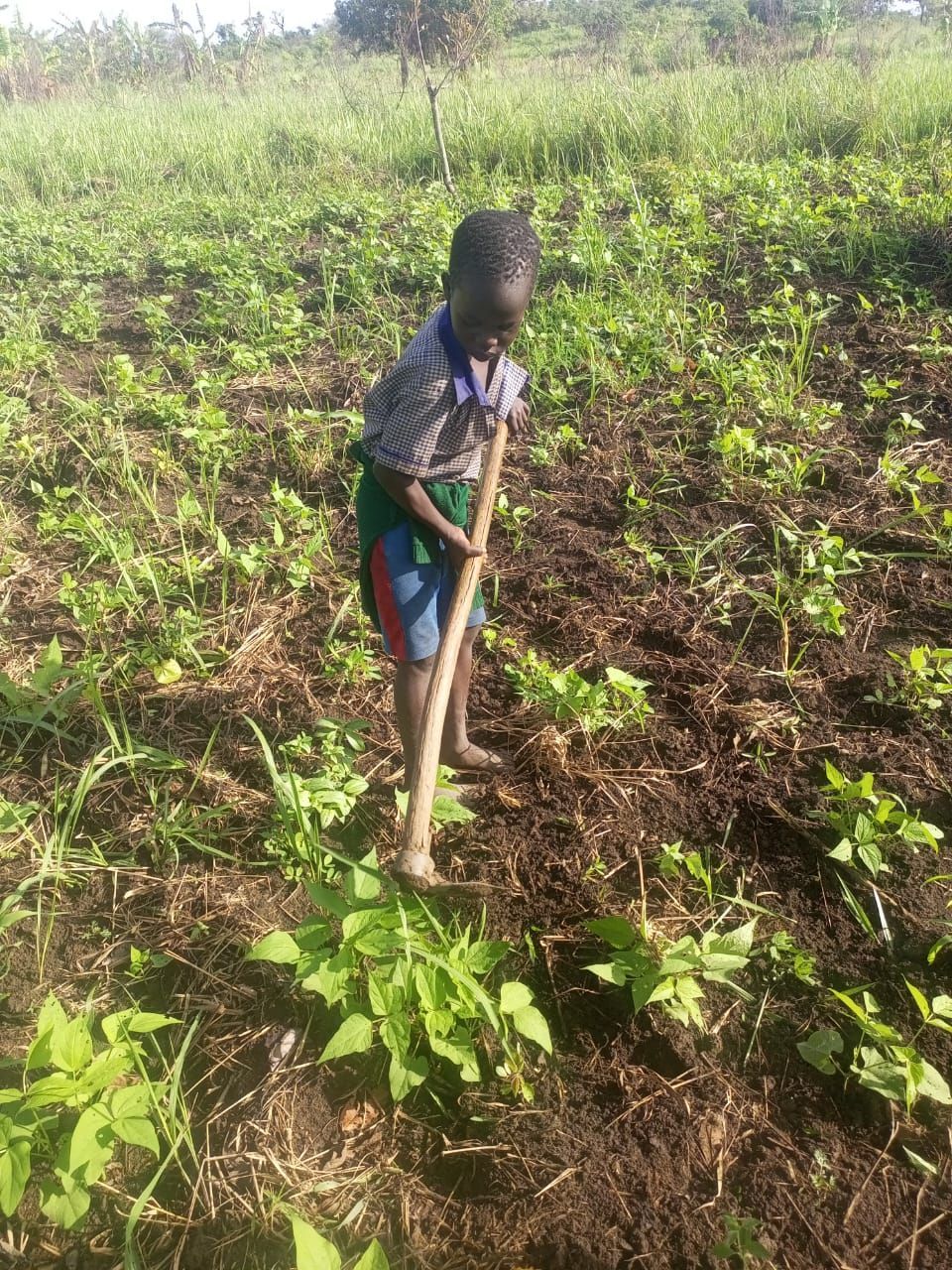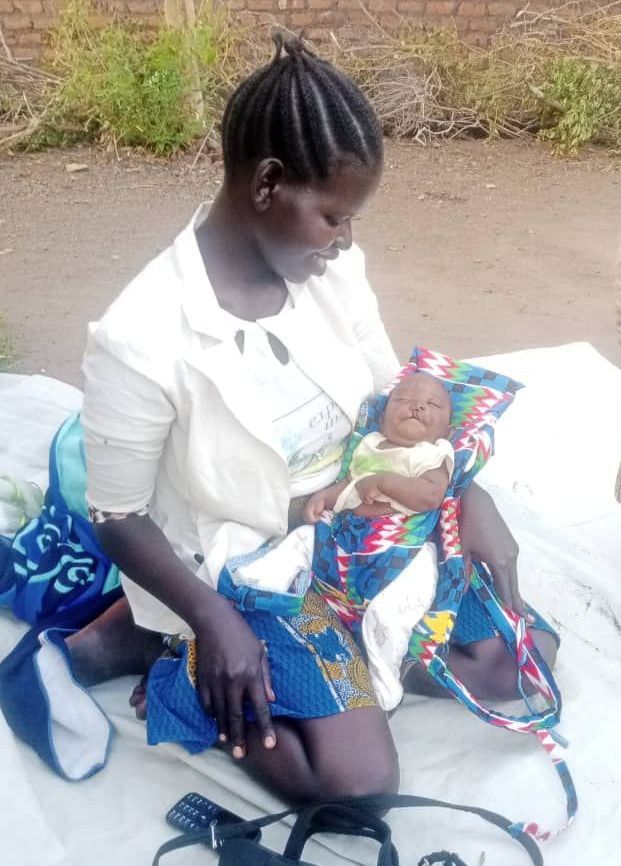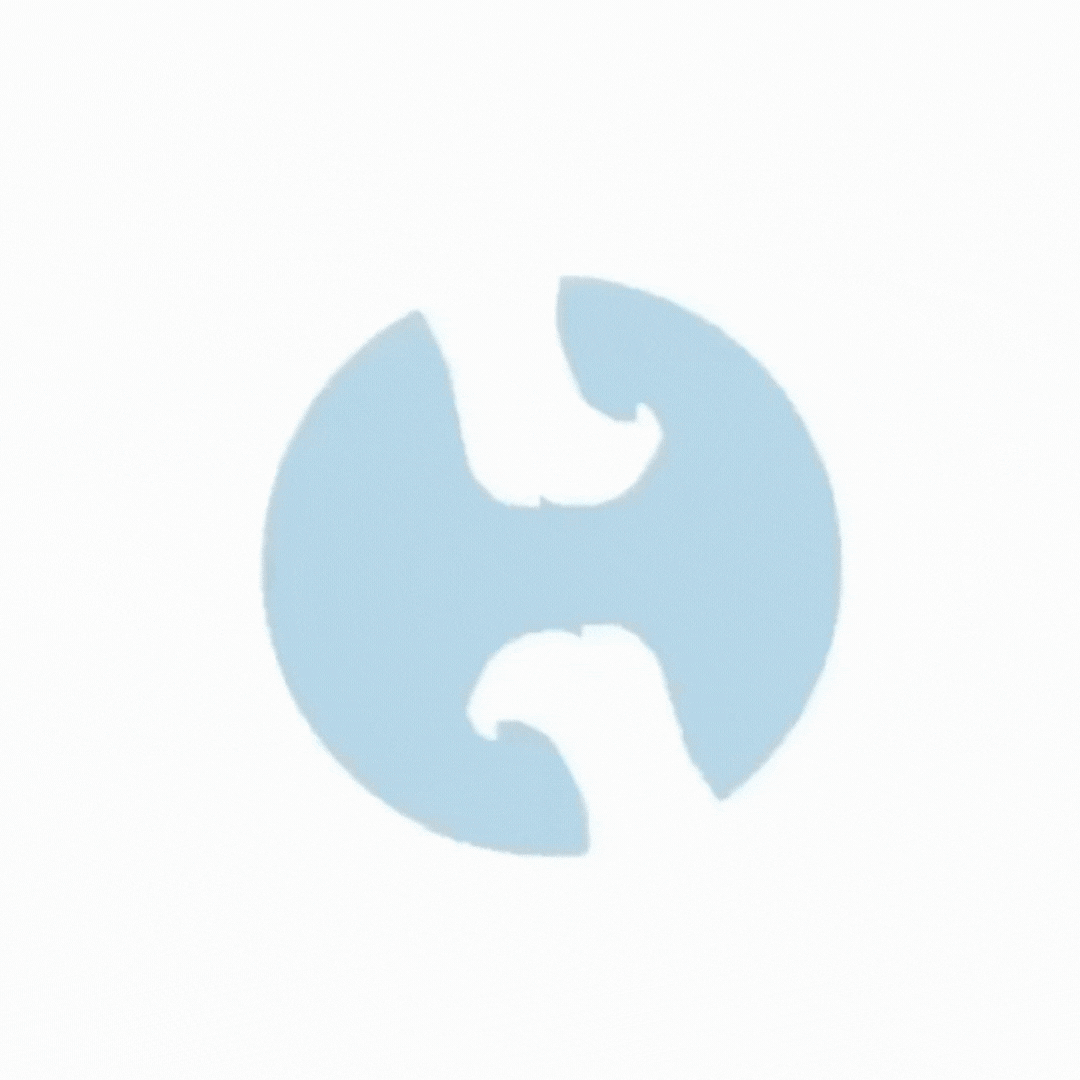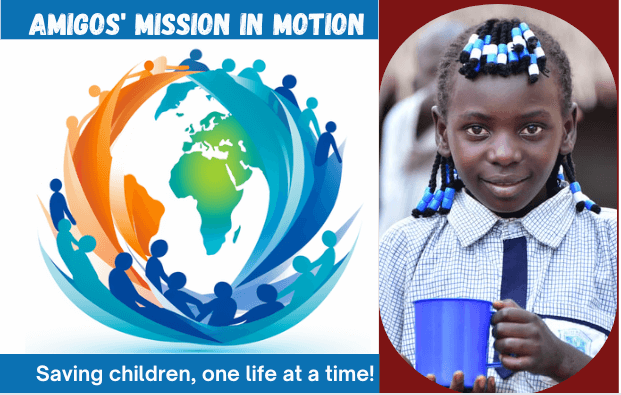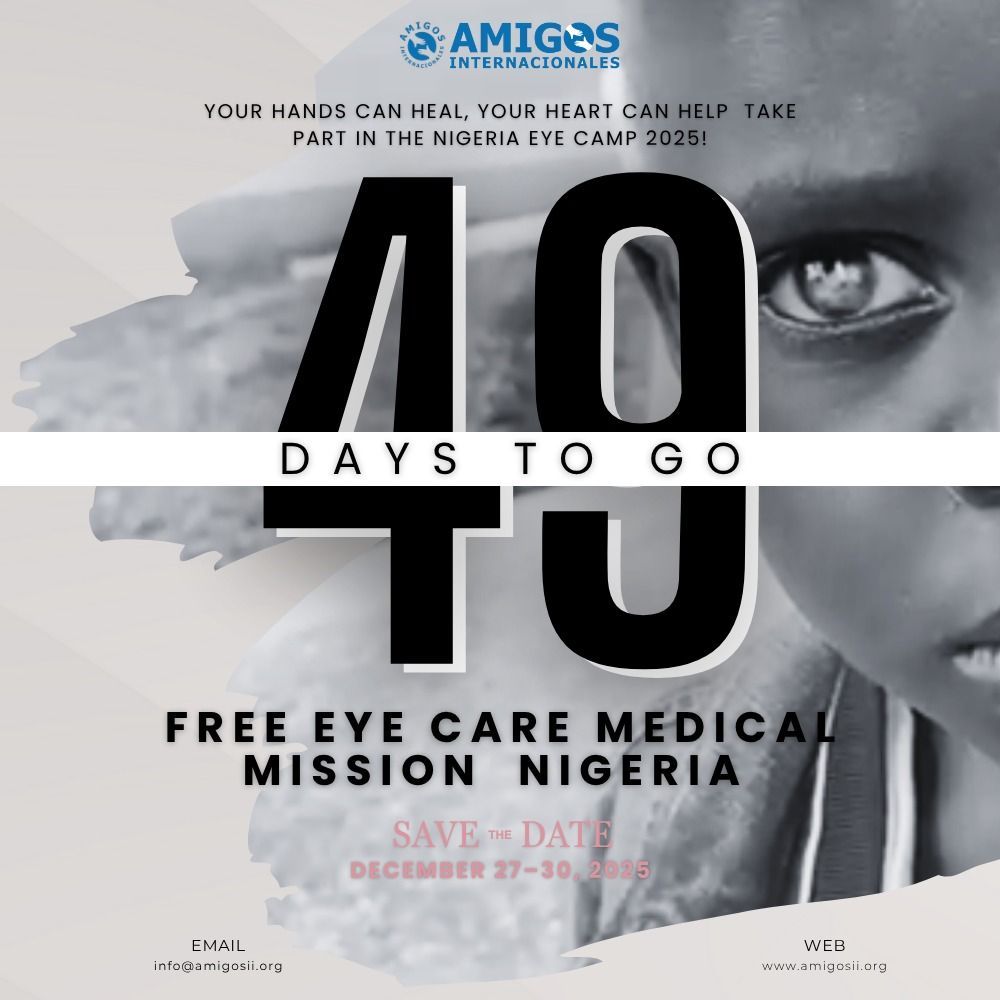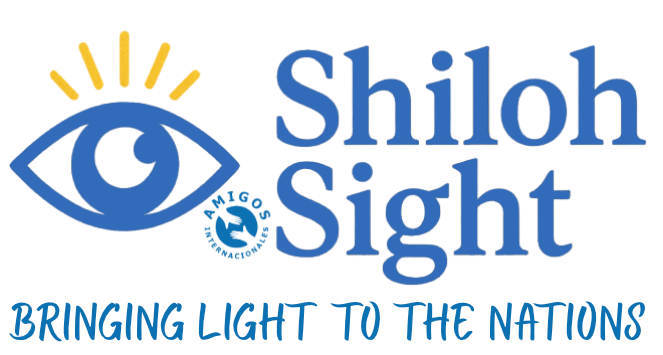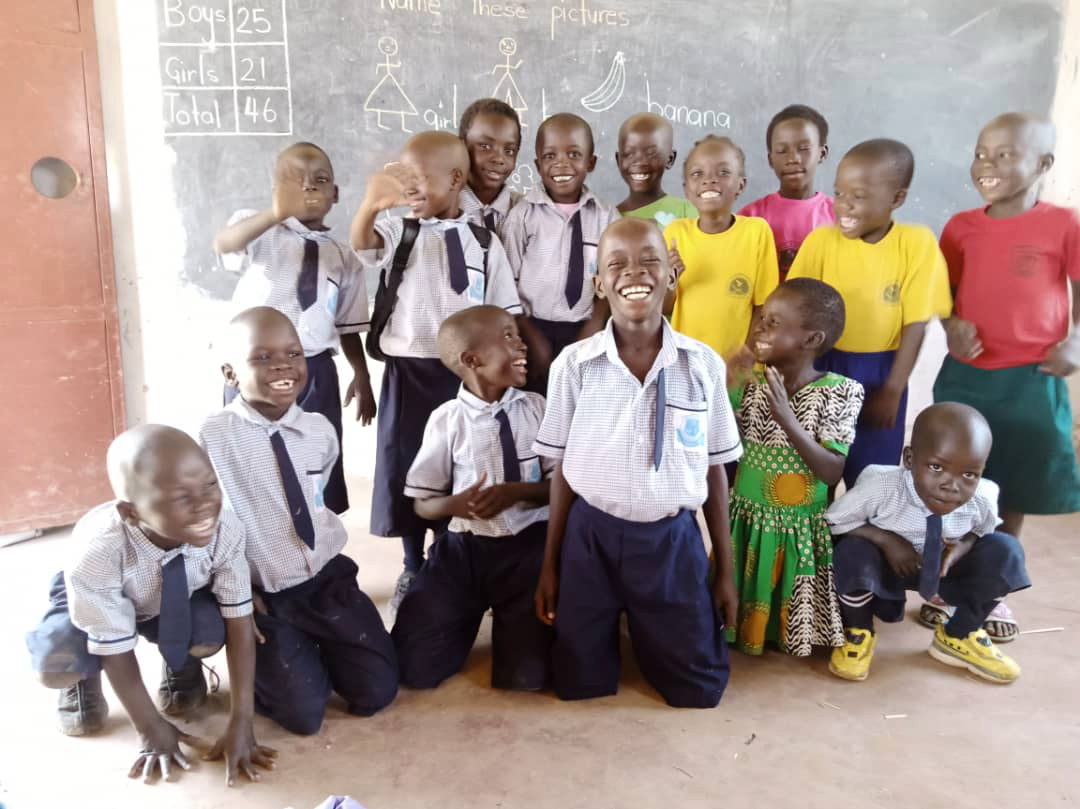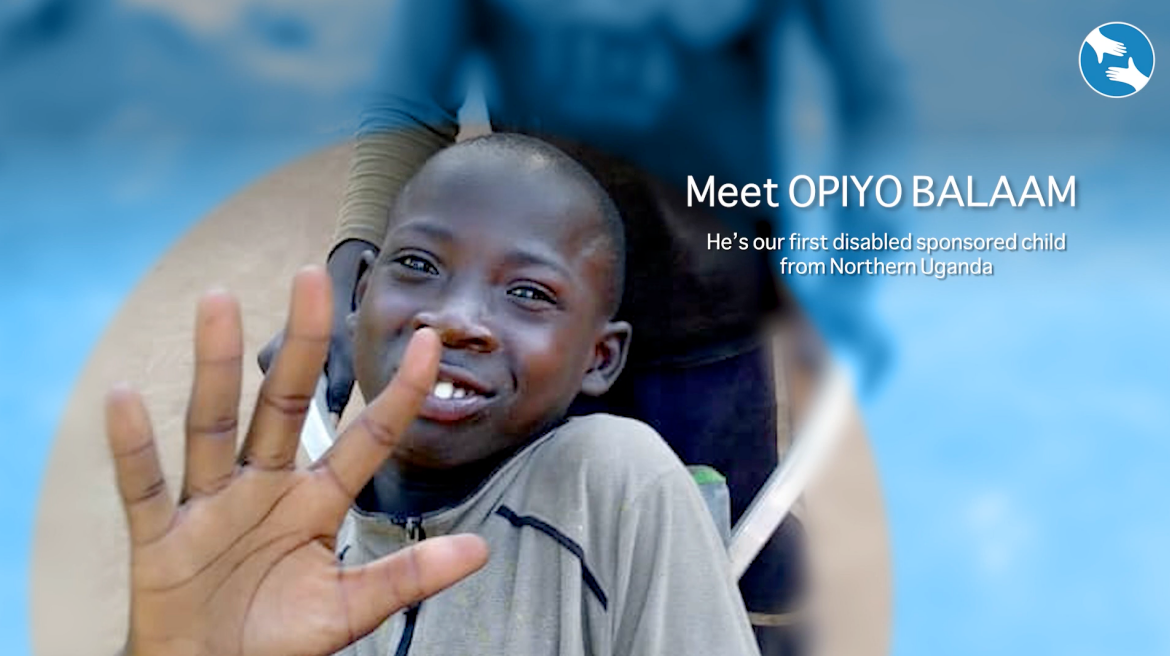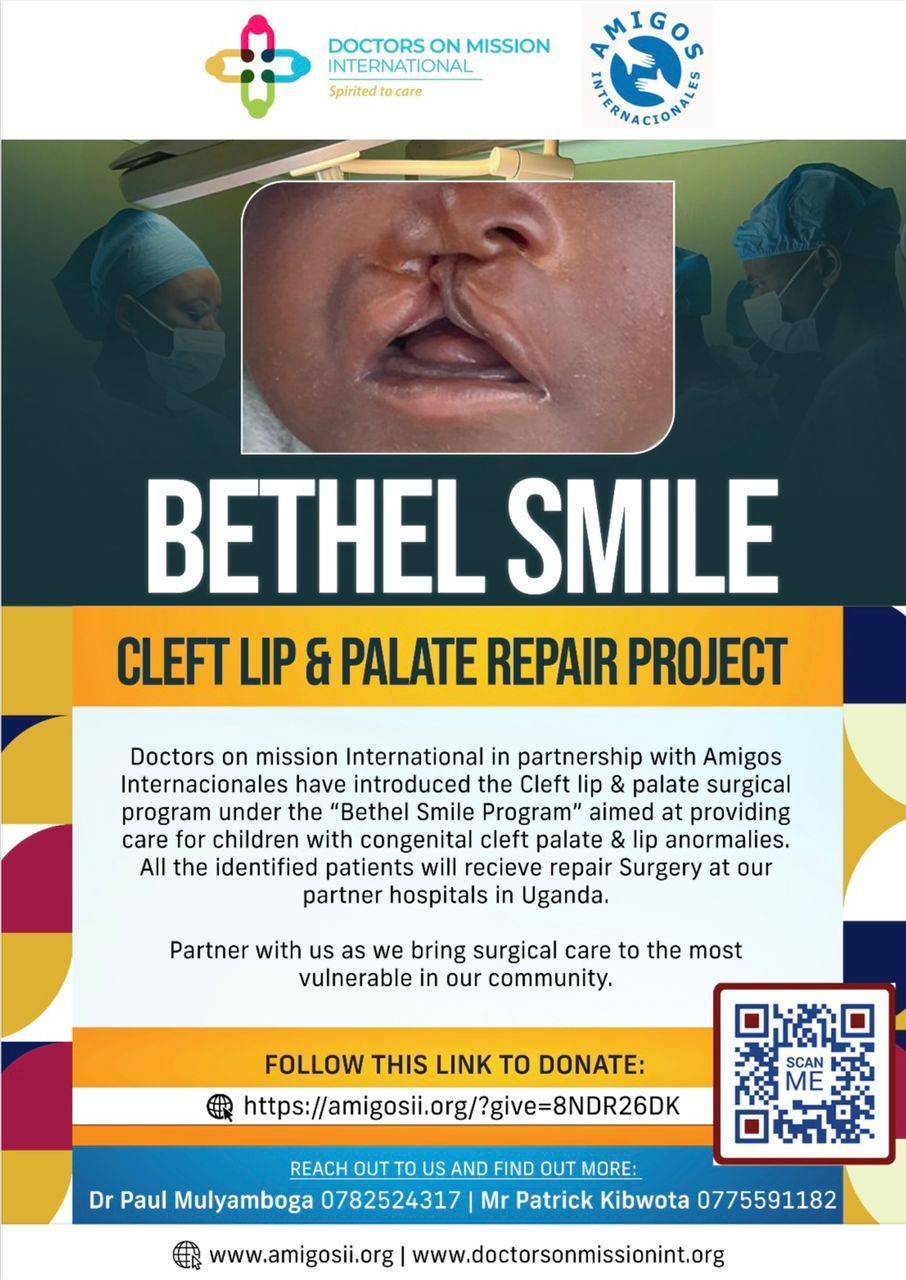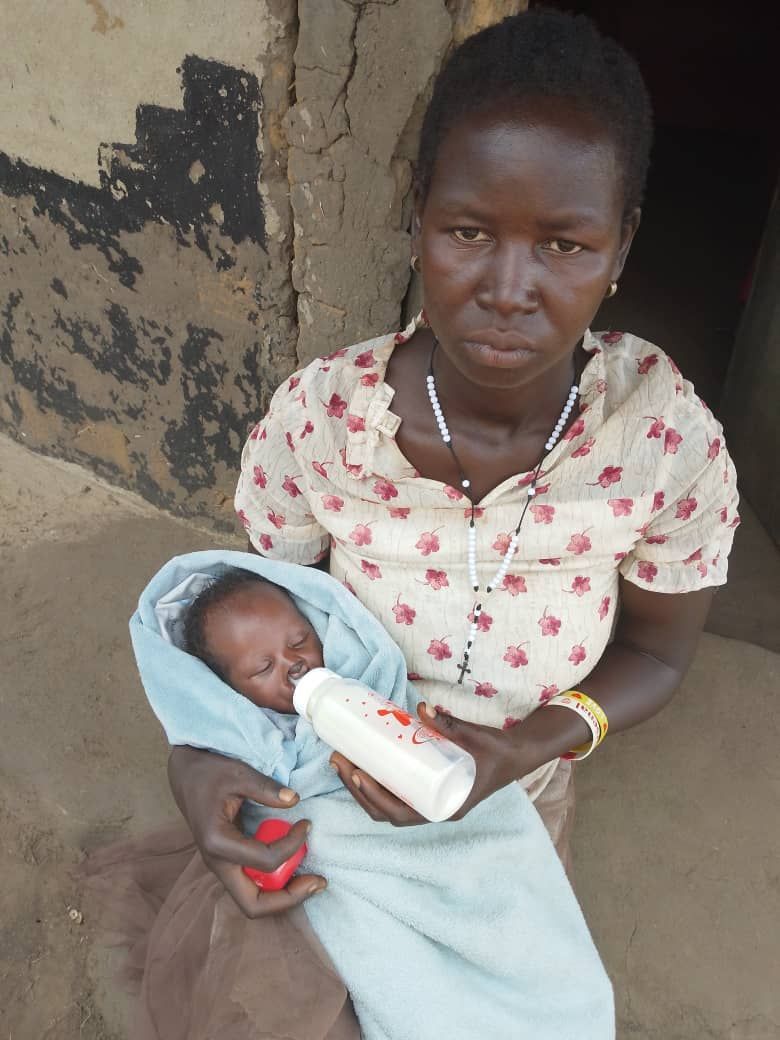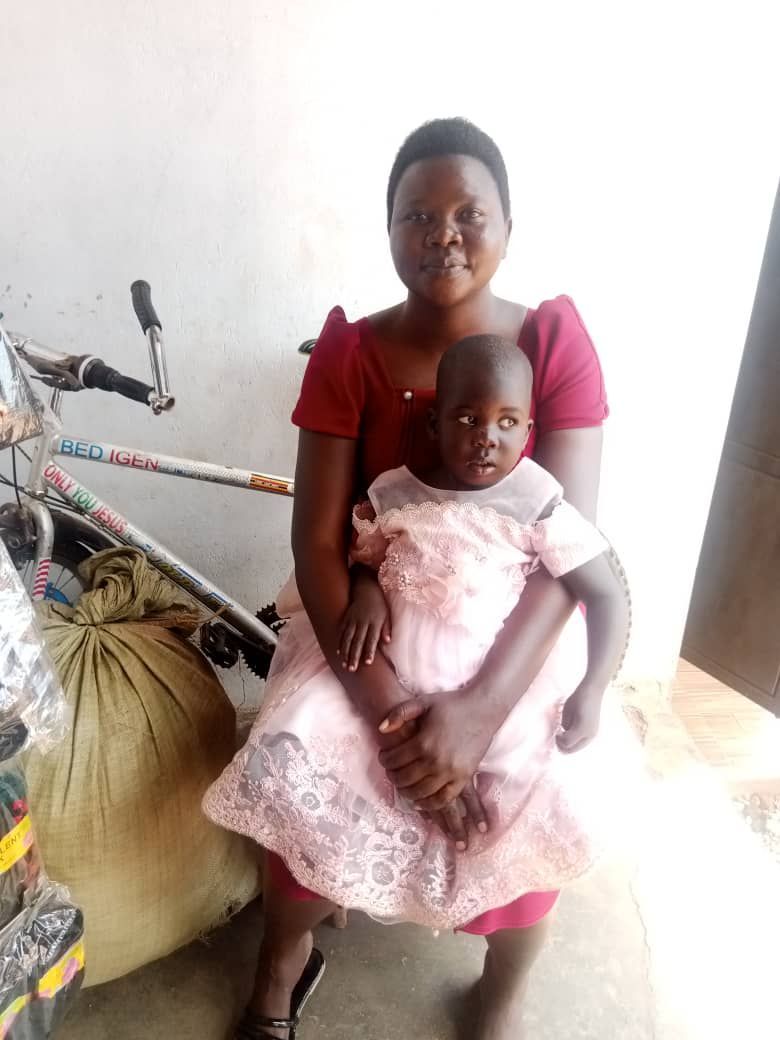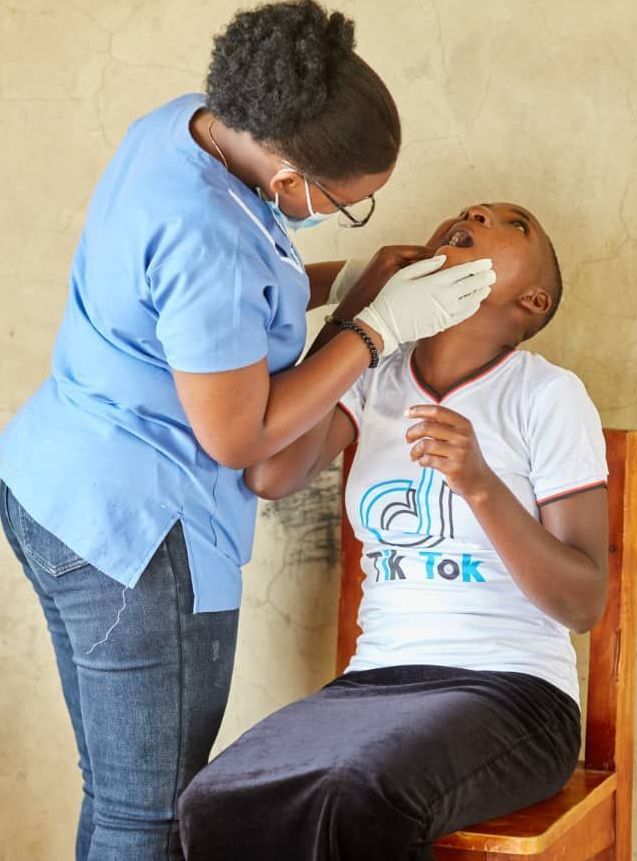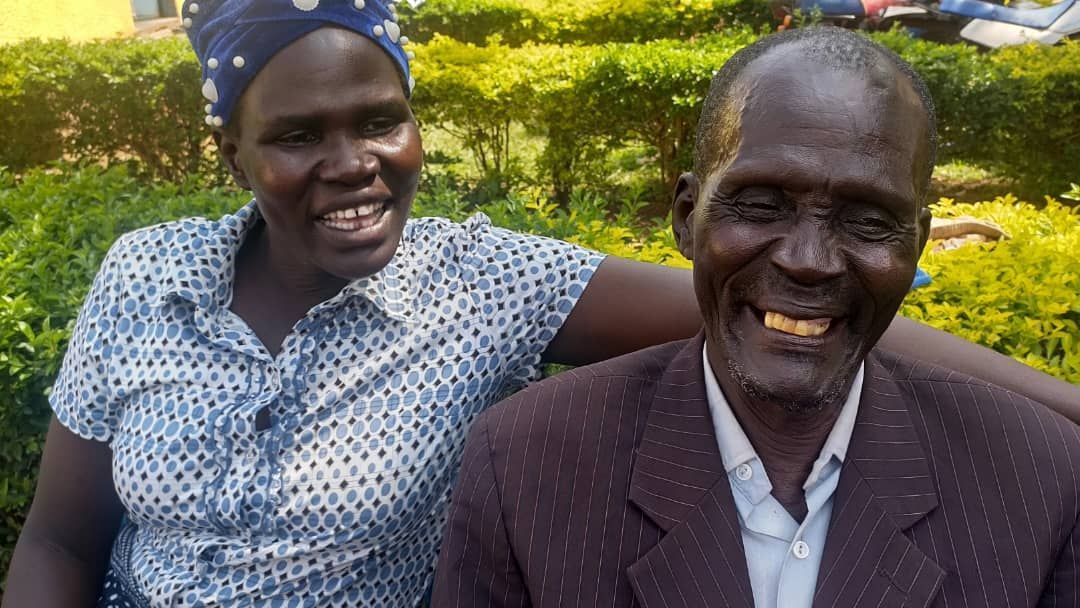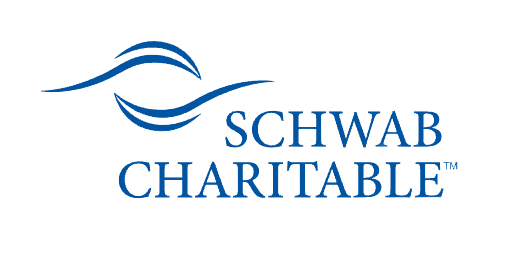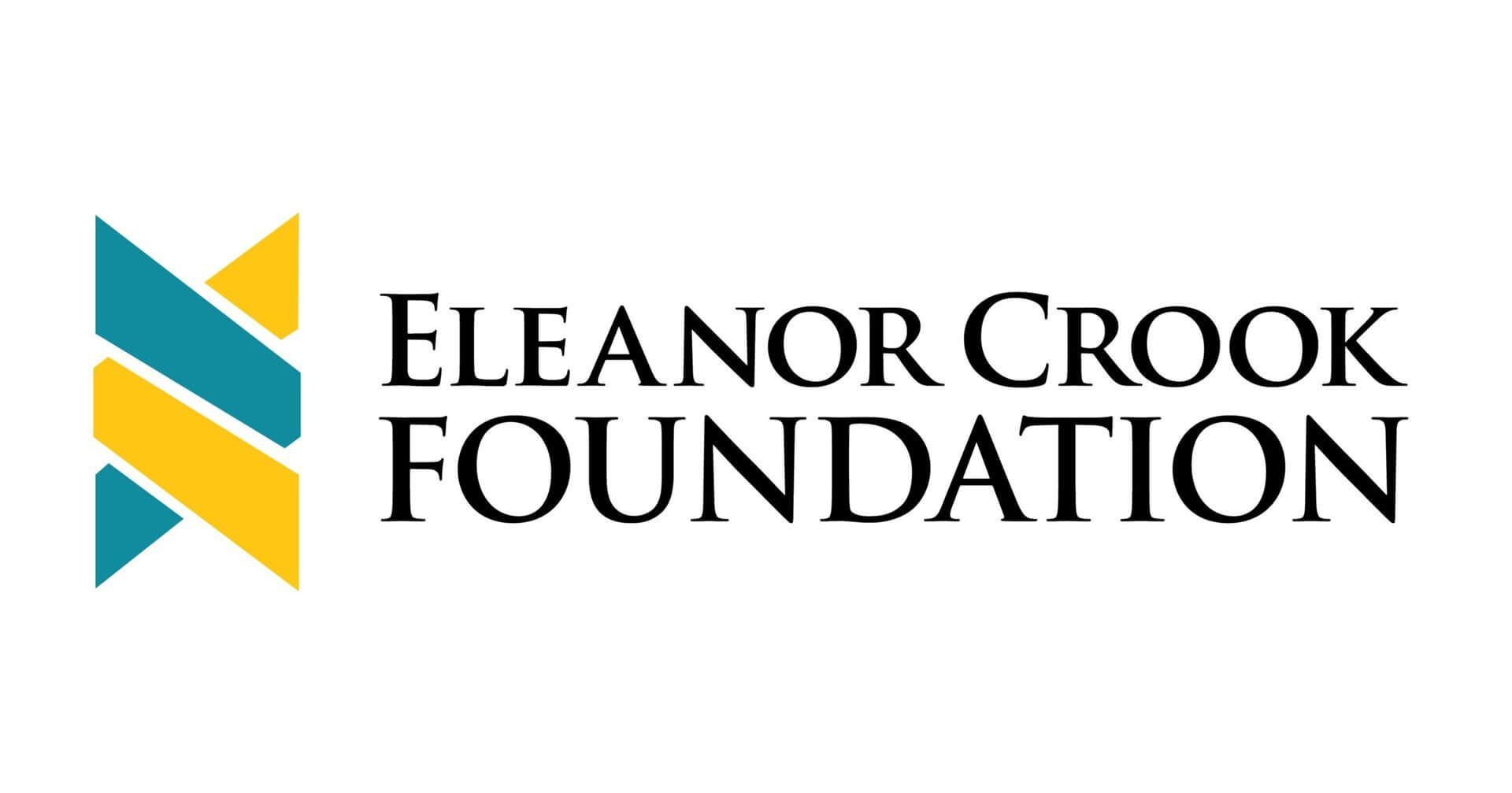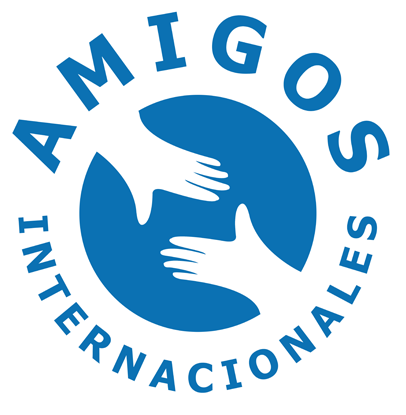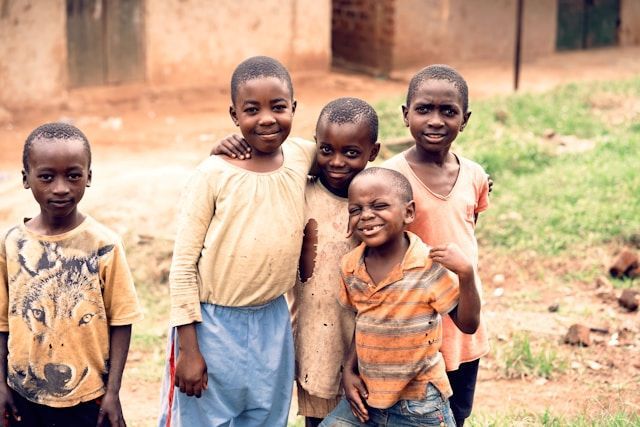
Africa is a continent of contrasts, home to vast natural resources, youthful innovation, and vibrant cultures, yet many of its nations continue to face deep economic challenges. In 2025, the issue of poverty in Africa remains urgent, with millions of people living without access to basic necessities such as clean water, food, education, or healthcare.
Poverty in Africa is more than a statistic, it’s a lived reality. It’s children walking miles to collect water. It’s families skipping meals for days. It’s a community with no schools or clinics. This blog highlights the poorest African nations in 2025, not just to present economic data, but to shed light on real people facing real struggles.
What Poverty Looks Like in African Communities
When discussing poverty in Africa, it's essential to understand the complexities that go far beyond financial figures. Poverty in African communities isn't just about low income; it encompasses a range of factors that affect daily life and long-term opportunities for individuals.
In many of the poorest countries, access to basic necessities like clean water, nutritious food, and healthcare is scarce. These factors significantly impact people’s quality of life, and traditional economic indicators often fail to capture the true extent of hardship.
To truly grasp poverty in these regions, we must consider multiple dimensions:
- Human Development Index (HDI): This composite measure includes health, education, and income levels, providing a more comprehensive view of human well-being.
- Access to Clean Water and Sanitation: In many rural areas, communities lack safe drinking water and proper sanitation, leading to preventable diseases and limited health outcomes.
- Food Insecurity and Malnutrition: Poor harvests, conflict, and inadequate infrastructure contribute to high rates of hunger and malnutrition, particularly among vulnerable children and families.
- Literacy and Education: Low literacy rates and limited school enrollment restrict future opportunities for children, trapping families in cycles of poverty.
These factors are deeply intertwined and shape the lives of millions in Africa, often creating a seemingly insurmountable barrier to progress.
>> Related Post:
Causes of Food Insecurity in 2025: Effects & Solutions
Top 10 Poorest African Countries in 2025
1. Burundi
Burundi is Africa’s poorest nation, with a GDP per capita of $936.038 (PPP, 2025) IMF DataMapper. About 80% of its 14.8 million people farm, but land scarcity and unrest since 2015 drive a 74.7% poverty rate World Bank, 2024. Only 7% have electricity, and healthcare is limited UNDP HDI, 2023. Coffee exports struggle to spur growth.
2. Central African Republic (CAR)
CAR’s GDP per capita is $1,024.349 (PPP, 2025) IMF DataMapper. Armed groups displace 1.3 million, and a 66.3% poverty rate shows no access to water or schools for many World Bank, 2024. Its HDI rank (191/193) reflects severe underdevelopment despite gold UNDP, 2023.
3. South Sudan
South Sudan’s GDP per capita is $1,072.288 (PPP, 2025)
IMF DataMapper. Civil war since 2013 displaces 2.4 million internally and 2.3 million as refugees
UNHCR, 2025. About 76.4% live below $2.15/day, facing hunger, with only 27% of children in school
World Bank, 2024. Oil income falters.
4. Niger
Niger’s GDP per capita is $1,285.279 (PPP, 2025)
IMF DataMapper. Desertification and a 6.7 birth rate fuel a 44.5% poverty rate
World Bank, 2024. Literacy is 39%, and malnutrition hits 40% of children
UNICEF, 2024.
5. Madagascar
Madagascar’s GDP per capita is $1,467.597 (PPP, 2025)
IMF DataMapper. An 80.2% poverty rate, the world’s highest, follows cyclones and crises
World Bank, 2024. Farming sustains 80%, but schools and clinics are sparse
UNESCO, 2024.
6. Somalia
Somalia’s GDP per capita is $1,497.329 (PPP, 2025)
IMF DataMapper. Al-Shabaab and droughts leave 68.3% below $2.15/day
World Bank, 2024. Rural areas lack clinics and schools, and 4 million face food insecurity
UN OCHA, 2024. Remittances sustain families.
7. Democratic Republic of Congo (DRC)
The DRC’s GDP per capita is $1,586.572 (PPP, 2025)
IMF DataMapper. Eastern conflicts and corruption yield a 63.9% poverty rate for 100 million people
World Bank, 2024. Malnutrition and no schools or water plague rural areas, despite cobalt
UNICEF, 2024.
8. Mozambique
Mozambique’s GDP per capita is $1,625.491 (PPP, 2025)
IMF DataMapper. Cyclones and insurgencies drive a 62.8% poverty rate
World Bank, 2024. Agriculture employs 70%, but gas projects haven’t lifted rural areas
UNDP, 2024.
9. Sierra Leone
Sierra Leone’s GDP per capita is $1,692.751 (PPP, 2025)
IMF DataMapper. A 56.1% poverty rate lingers post-Ebola, with weak roads and power
World Bank, 2024. Diamond mining helps, but rural schools and clinics are few
UNDP, 2024.
10. Malawi
Malawi’s GDP per capita is $1,710.464 (PPP, 2025)
IMF DataMapper. A 71.4% poverty rate stems from drought-hit farming, with 8.9% HIV prevalence cutting growth
World Bank, 2024. Only 20% of rural homes have clean water
WHO, 2024.
How Amigos Internacionales is Responding
At Amigos Internacionales, we understand that addressing poverty requires long-term, sustainable solutions. That's why we implement a holistic approach through our MissionPoint Model in Uganda, which focuses on meeting both immediate needs and fostering long-term growth. Here’s how we’re making an impact:
Access to safe drinking water is one of the most basic yet transformative interventions. We have funded and drilled numerous wells, ensuring that communities have access to clean water, which is essential for preventing disease and improving overall health.
Education goes beyond reading and writing. We create life skills classrooms where children and adults alike are taught valuable practical skills such as farming techniques, entrepreneurship, and financial literacy. These skills equip them to earn a living and break free from the cycles of poverty.
We provide crucial medical services to rural areas by organizing medical camps, where healthcare professionals offer free consultations, vaccinations, and treatments for common diseases. These camps save lives and improve overall community health.
Through child sponsorships, Amigos ensures that vulnerable children receive a quality education, nutritious food, and access to healthcare. By sponsoring a child, you’re investing in their future and helping break the cycle of poverty.
Conclusion
Poverty in Africa is a multifaceted problem that requires more than just numbers to understand. Behind every stat is a real life, a person who, with the right support, can escape the cycle of poverty.
By partnering with Amigos Internacionales, you’re helping create lasting change. These are lives that can be transformed with your support. The future of these communities is in our hands, and together, we can make it brighter.
FAQs
1. What is the poorest country in Africa in 2025?
The poorest countries in Africa are typically those with low GDP per capita and significant social challenges. In 2025, countries such as Burundi, South Sudan, and Malawi are expected to be among the poorest, largely due to factors like ongoing conflicts, political instability, and limited access to education and healthcare.
2. What causes poverty and food insecurity in African countries?
Political instability, poor governance, conflict, climate change, limited access to education, and economic inequality are some of the major causes of food insecurity and poverty in Africa. These factors often work together to create long-lasting barriers to development.
3. How can I help poor communities in Africa?
You can help by donating to reputable organizations like Amigos Internacionales, sponsoring a child, contributing to water well projects, and supporting education initiatives. Volunteering your time or sharing information about these causes also plays a vital role in raising awareness and encouraging others to contribute.
4. Where does Amigos Internacionales work?
Amigos Internacionales works across several countries in Africa, with a primary focus on Uganda and South Sudan. Our programs address key issues like access to clean water, education, healthcare, and food security, working to build sustainable communities and support vulnerable populations.
Categories
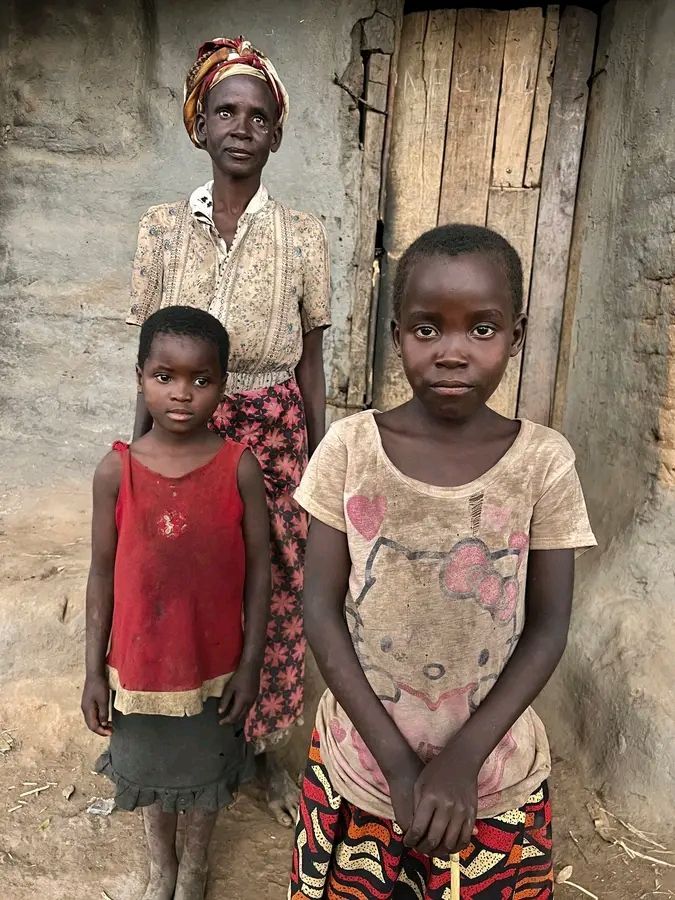

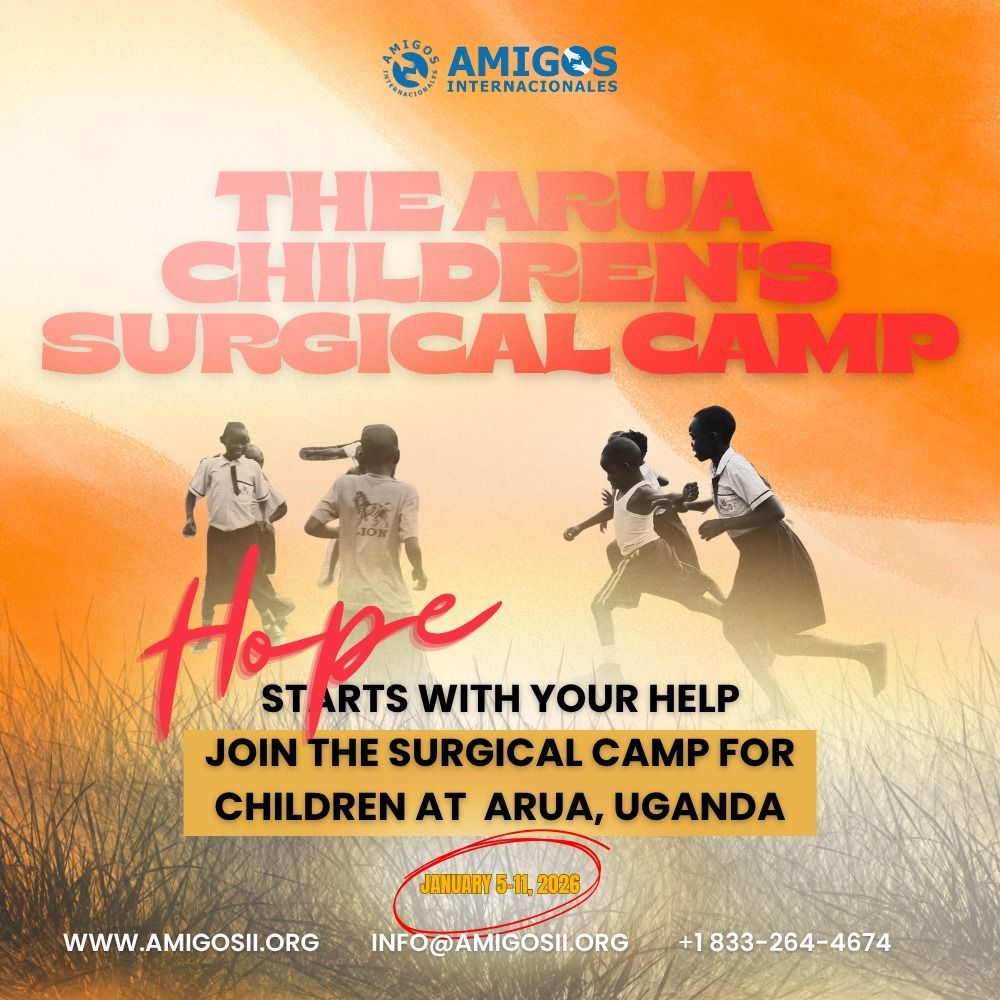
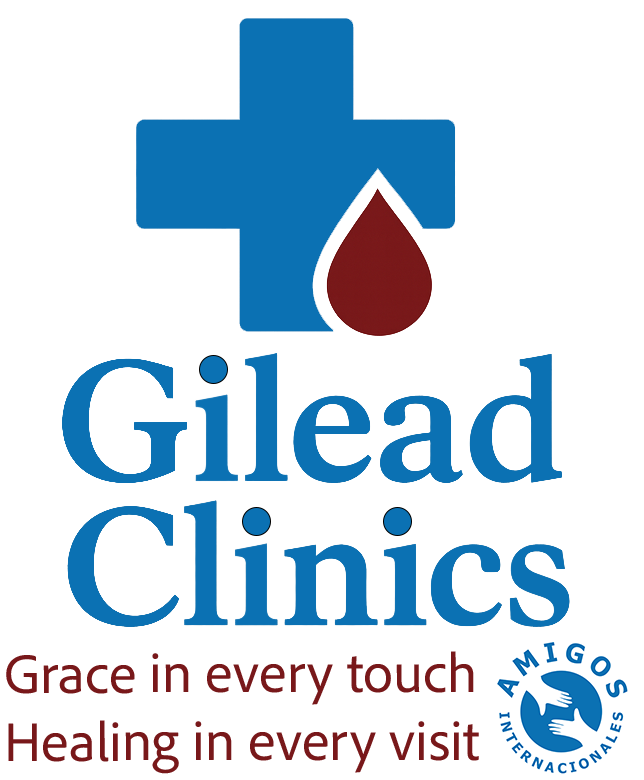

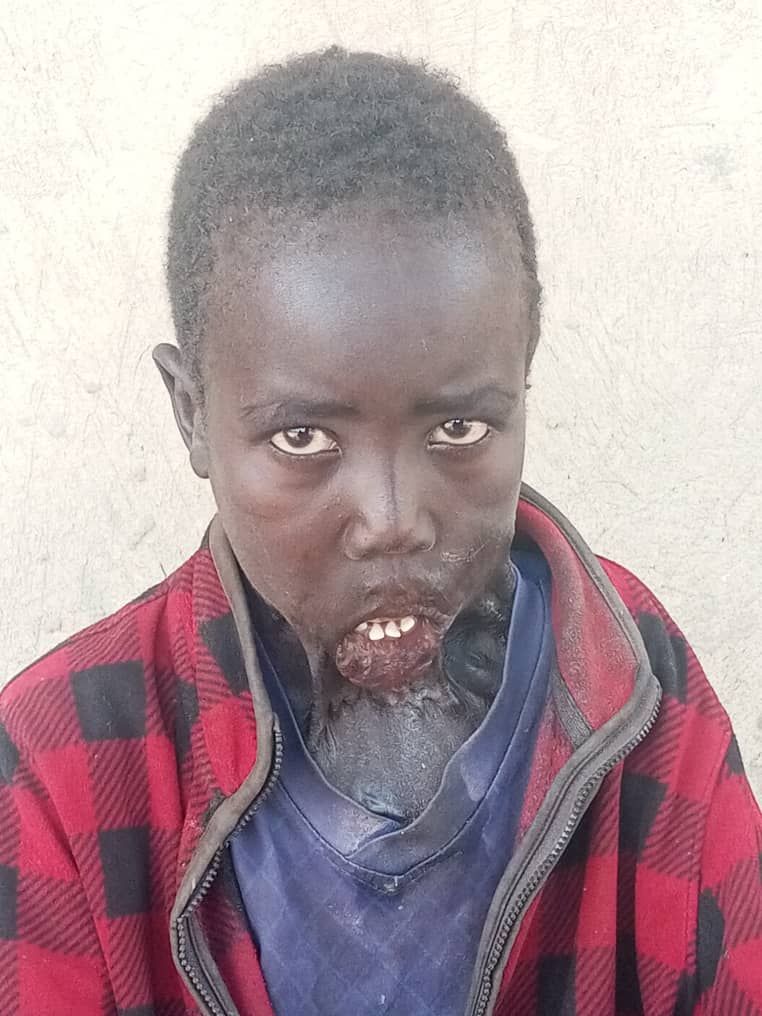

Social Media







